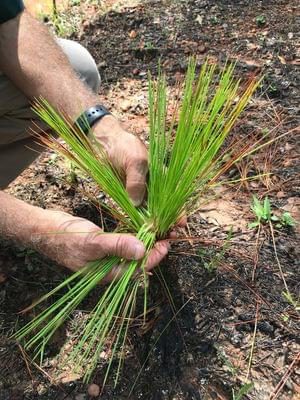-

The latest ENSO advisory from NOAA’s Climate Prediction Center this week show that while La Nina is barely holding on, it is expected to be gone in the next month, and neutral conditions have an 80 percent chance of occurring in the May through July period. While temperatures in the Eastern Pacific Ocean are still…
-

According to an article this week in Vegetable and Specialty Crop News, the citrus industry in northern Florida and southern Georgia is increasing rapidly, with acreage in North Florida at around 1,200 acres and in South Georgia at around 2,000 acres. I have worked with a few of the producers, who are growing satsumas and…
-

Here’s a very cool video that shows how the shape of falling raindrops is not the teardrop shape that we drew as kids. Instead, it is closer to the shape of a hamburger bun. This video also shows how the size distribution of raindrops in a storm was originally measured using a pan of flour…
-

I was astounded to see how much rain fell this weekend due to the storm which passed through the region. The UGA weather station at Seminole State Park recorded 7.87 inches of rain in the far southwestern part of Georgia, and another station at Alma in Bacon County recorded 7.66 inches. Both of those fell…
-

The latest 7-day QPF map shows quite a bit of rain across most of the Southeast, with the exception of the Florida Peninsula. That area will be mostly dry. After the first batch goes through this weekend, there will be a break from Tuesday through Thursday before the next storm brings a second round of…
Posted in: Climate outlooks -

Another interesting article I read this week was a story about how researchers from Michigan State University compared land in South Carolina that had been used for farming with land without a history of agriculture. By working to restore longleaf pine habitats on both types of plots, the team could paint a clearer picture of…
-

Southeast Farm Press had an interesting story this week about a South Carolina farmer and how he improved the soil on his farm with intensive use of cover crops. They increased the organic matter in the soil, reduced the need for fertilizer and herbicides, and improved soil moisture. They also helped provide food for beneficial…